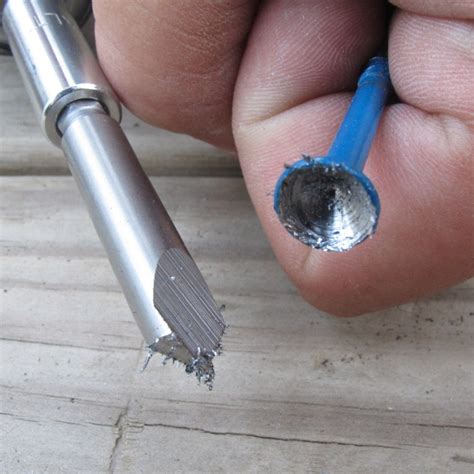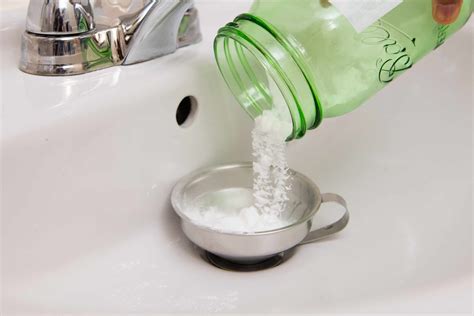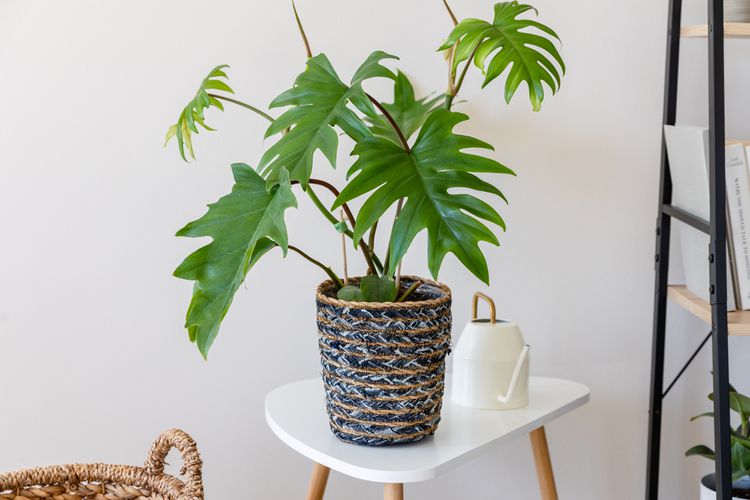
Snake plants, also known as Sansevieria, are popular houseplants loved for their striking appearance and low-maintenance nature. With their tall, upright leaves and air-purifying properties, they are the perfect addition to any home or office. In this comprehensive guide, we’ll explore everything you need to know about snake plant care and cultivation.
Snake Plant Care: Providing the Ideal Conditions
Light:
Snake plants thrive in a variety of lighting conditions, from bright indirect light to low light. They can tolerate some direct sunlight but prefer indirect light for optimal growth. Place your snake plant near a north or east-facing window for best results.
Soil:
Well-draining soil is essential for snake plants. Use a cactus or succulent potting mix or create your own by combining regular potting soil with perlite or sand to improve drainage.
Water:
Snake plants are drought-tolerant and prefer slightly dry conditions. Water your snake plant thoroughly but allow the soil to dry out between waterings. Overwatering can lead to root rot and other issues, so it’s better to underwater than overwater.
Temperature and Humidity:
Snake plants are adaptable to various temperature ranges but prefer temperatures between 60-85°F (15-29°C). They can tolerate lower temperatures but should be protected from frost. Average indoor humidity levels are sufficient for their growth.
Fertilizer:
Snake plants are not heavy feeders and can thrive without frequent fertilization. Apply a balanced houseplant fertilizer diluted to half strength during the growing season (spring and summer) every two to three months.
Types of Snake Plant: Explore the Varieties
Snake plants come in different varieties, each with its unique leaf patterns and colors. Some popular types include the following:
– Sansevieria trifasciata (Mother-in-law’s Tongue): The most common variety with dark green leaves and yellow margins.
– Sansevieria cylindrica (Cylindrical Snake Plant): Distinctive cylindrical leaves that grow upright.
– Sansevieria moonshine: Silver-gray leaves with a subtle shimmer.
– Sansevieria golden hahnii (Bird’s Nest Snake Plant): Compact, rosette-shaped leaves with golden edges.
Pruning and Propagating Snake Plants
Pruning:
Pruning snake plants is minimal but can be done to remove damaged or yellowing leaves. Use clean and sharp pruning shears to make clean cuts near the base of the plant.
Propagating:
Snake plants are easily propagated through two main methods: root division and leaf-cuttings.
Propagate via Root Division:
Carefully remove the plant from its pot and gently separate the rhizomes, making sure each division has healthy roots and leaves. Replant the divisions in separate containers, providing appropriate care.
Propagate from Leaf-Cuttings:
Cut healthy leaves into several-inch-long sections and allow them to callous for a few days. Plant the cuttings into a well-draining potting mix, ensuring the bottom end is inserted into the soil. Keep the soil slightly moist until new growth appears.
How to Grow Snake Plant From Seed:
While snake plants can be grown from seeds, it is a slower and less common method. Sow the seeds in a well-draining seed-starting mix, cover them lightly, and provide warmth and indirect light. Keep the soil consistently moist
until the seeds germinate.
Potting and Repotting Snake Plants
Snake plants prefer slightly crowded conditions, so repotting is not required frequently. However, if the plant has outgrown its current container, choose a slightly larger pot with drainage holes and fresh well-draining soil. Repot during the spring or summer when the plant is actively growing.
Overwintering and Protecting Snake Plants
Snake plants are sensitive to cold temperatures and should be protected from frost. If you live in a colder climate, consider bringing your snake plant indoors during winter or providing adequate protection such as covering it with a frost cloth.
Common Pests and Diseases:
While snake plants are generally resilient, they can occasionally face pest and disease issues. Common problems include:
– Spider mites: These tiny pests can cause webbing and yellowing leaves. Use insecticidal soap or wipe the leaves with a damp cloth to control infestations.
– Root rot: Overwatering can lead to root rot. Ensure proper drainage and allow the soil to dry out between waterings.
– Mealybugs: These white, cottony insects can affect snake plants. Remove them manually or use a cotton swab dipped in rubbing alcohol to eliminate them.
How to Get Snake Plants to Bloom:
Snake plants can produce fragrant flowers under the right conditions, but blooming is relatively rare indoors. To encourage blooming, provide optimal light conditions, occasional fertilizer during the growing season, and avoid overwatering.
Common Problems With Snake Plants:
Snake plants are generally low-maintenance, but they can experience a few issues. Here are some common problems and their solutions:
– Foul-smelling soil: This is often caused by overwatering or poor drainage. Adjust your watering routine and ensure proper soil aeration.
– Yellow or brown leaves: Overwatering, too much direct sunlight, or nutrient deficiencies can cause leaf discoloration. Adjust watering and lighting conditions, and consider fertilizing if necessary.
– Curling leaves: Curling leaves can indicate underwatering or low humidity. Increase watering frequency and provide a humid environment, especially during dry seasons.
– Leaves falling over or drooping: This can be a sign of overwatering or root rot. Adjust your watering routine and ensure proper drainage.
The Benefits of Snake Plants:
Besides their striking appearance, snake plants offer several benefits:
– Air purification: Snake plants are known for their ability to remove toxins and purify indoor air, making them excellent natural air purifiers.
– Low maintenance: Snake plants are resilient and can tolerate a variety of conditions, making them ideal for beginners or busy individuals.
– Aesthetic appeal: The unique foliage and architectural form of snake plants make them attractive additions to any interior design.
With this comprehensive care and growing guide, you’re now equipped to cultivate healthy and thriving snake plants. Enjoy the beauty and benefits of these versatile houseplants in your home or office, and let them bring a touch of natural elegance to your space!






